Frequency range: 26.5- 28MHz SWR: ≤1.2:1 Max. power: 35W continuous 250W Short time Bandwidth at S.W.R. 2:1: 1900KHz Impedance: 50ohm Whip length: 1200mm Adjustment: 0~90° Cable Length: RG58/157" Po...
See DetailsTroubleshooting Common CB Antenna Problems
A properly functioning Citizens Band (CB) radio antenna is crucial for clear communication. When performance drops, it's often the antenna system at fault. This guide outlines common CB antenna issues and practical steps to diagnose and resolve them, empowering users to restore optimal function.
1. High SWR (Standing Wave Ratio)
- The Problem: High SWR is the most critical antenna issue. It indicates poor impedance matching between the radio, coax cable, and antenna. This reflects transmitted power back towards the radio, reducing output range, potentially causing radio overheating, and damaging the transmitter over time.
- Troubleshooting:
- Measure: An SWR meter is essential. Connect it between the radio and antenna coax. Measure on Channel 1 and Channel 40.
- Acceptable Range: SWR below 1.5:1 is excellent. Below 2.0:1 is generally acceptable. Above 3.0:1 requires correction and should not be used for transmission.
- Resolution:
- Check Connections: Ensure all PL-259/SO-239 connectors are tight, clean, and corrosion-free. Inspect coax for damage.
- Antenna Mount: Verify the antenna mount has a solid, metal-to-metal connection to the vehicle's body (the ground plane). Paint or rust under the mount disrupts grounding. Sand the contact area clean.
- Antenna Tuning: Most antennas require length adjustment after installation. Consult the antenna's instructions. If SWR is high on both Ch1 and Ch40, the antenna length is usually incorrect (too long if higher on Ch1, too short if higher on Ch40). Adjust incrementally, re-measuring after each change.
- Location: Antenna placement near large metal objects (like cab roofs on trucks) can affect tuning. Experiment with location if possible.
2. Poor Transmission Range/Weak Receive
- The Problem: Signals are weak or unclear, both transmitting and receiving.
- Troubleshooting:
- SWR First: Always rule out high SWR as the primary cause using the steps above.
- Coax Cable: Inspect the entire length for kinks, crushing, cuts, or UV damage. Check connectors for loose center conductors, frayed shielding, or corrosion. A faulty coax cable significantly attenuates signal.
- Connections: Re-check all connections: radio to coax, coax to antenna mount, antenna base to whip. Loose or corroded connections are frequent culprits.
- Ground Plane: Re-confirm the antenna mount has a solid, clean connection to bare metal. Inadequate grounding drastically reduces efficiency.
- Antenna Damage: Visually inspect the antenna whip for severe bends, breaks, or damage to the loading coil (if present). Even minor damage near the tip can affect performance.
3. Excessive Noise (Static) on Receive
- The Problem: Receiving signals are drowned in constant background static or buzzing. While some noise is inherent to CB, excessive amounts hinder communication.
- Troubleshooting:
- Engine Noise: Does the noise change pitch with engine RPM? This points to vehicle electrical interference.
- Resolution: Ensure the radio is powered directly from the battery (using appropriately fused wiring). Ground the radio chassis securely to the vehicle body. Check spark plug wires for damage. Installing a noise filter on the radio's power lead can help.
- General Static/RF Noise: Could be external sources (power lines, other electronics) or poor grounding.
- Resolution: Verify antenna mount grounding. Ensure the vehicle's battery has clean, tight connections. Temporarily operating away from potential sources (like in a field) can help diagnose external noise.
- Coax Shielding: Damaged coax cable shielding allows noise ingress. Inspect and replace if necessary.
- Engine Noise: Does the noise change pitch with engine RPM? This points to vehicle electrical interference.
4. Physical Damage or Environmental Wear
- The Problem: Visible damage to the antenna, mount, or coax due to impact, weather, or vibration.
- Troubleshooting:
- Whip: Straighten minor bends if possible. Replace if severely bent, cracked, or broken. Check set screws securing the whip to the base.
- Mount: Tighten loose bolts/nuts. Address rust or corrosion at the mounting point and on the mount itself. Replace damaged mounts.
- Coax: Replace cables showing cuts, abrasions, crushed sections, or brittle/cracked insulation. Protect cable runs from pinching or abrasion. Ensure drip loops are present where cables enter the vehicle.
- Connectors: Replace corroded or damaged PL-259 connectors. Ensure the center pin solder connection is solid and the braid is securely soldered to the connector body.
Key Troubleshooting Principles:
- Safety First: Never transmit without checking SWR first. Turn off the radio when adjusting connections or the antenna itself.
- Systematic Approach: Start with the most critical issue (SWR), then move to connections, cable, grounding, and finally physical condition.
- Visual Inspection: A thorough visual check often reveals obvious problems like loose connections or damaged components.
- Incremental Changes: When adjusting antenna length or location, make small changes and re-test SWR frequently.
- Patience: Diagnosing RF issues can require methodical elimination of potential causes.
By understanding these common problems and applying logical troubleshooting steps, CB radio users can effectively maintain their antenna system, ensuring reliable communication when it matters most. Always adhere to relevant regulations governing CB radio operation.

 English
English Español
Español
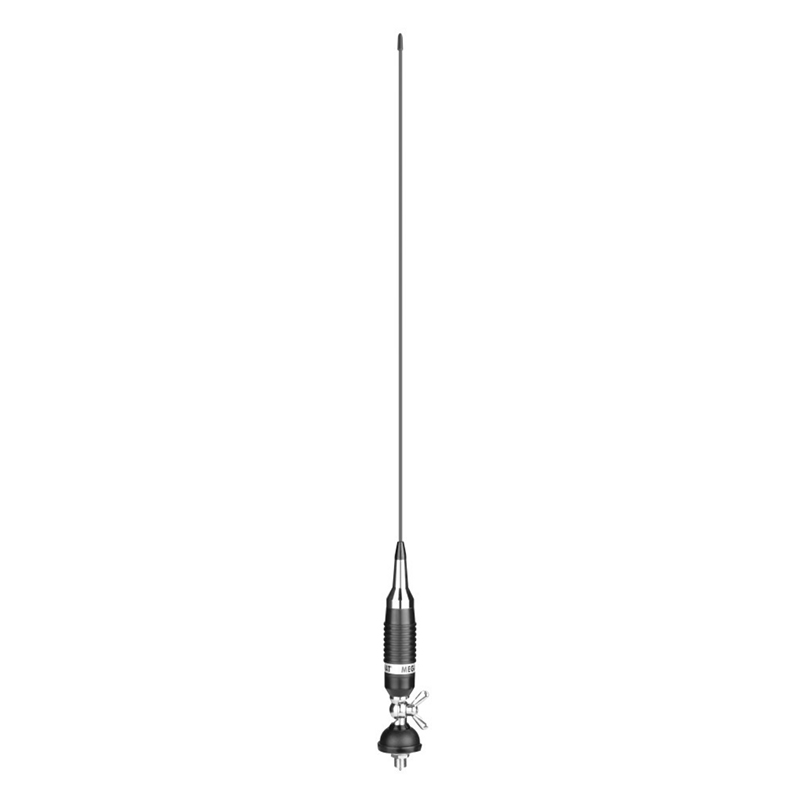
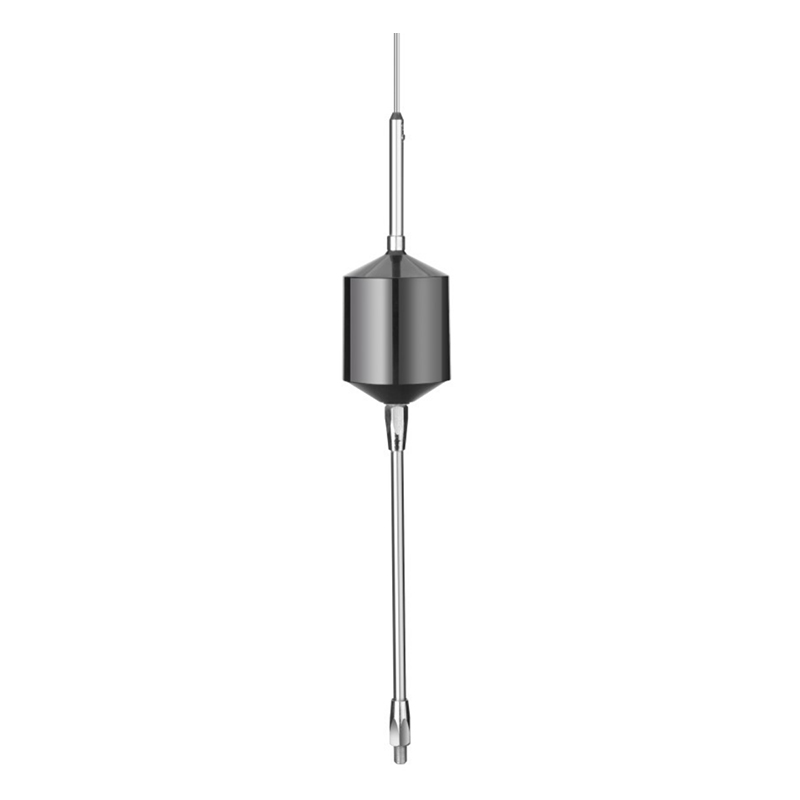
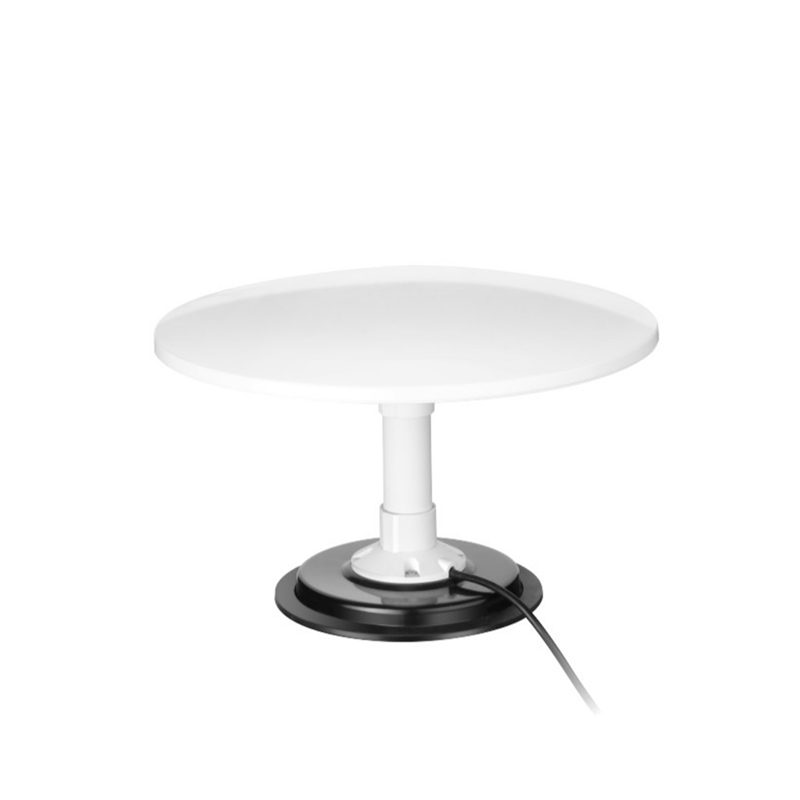
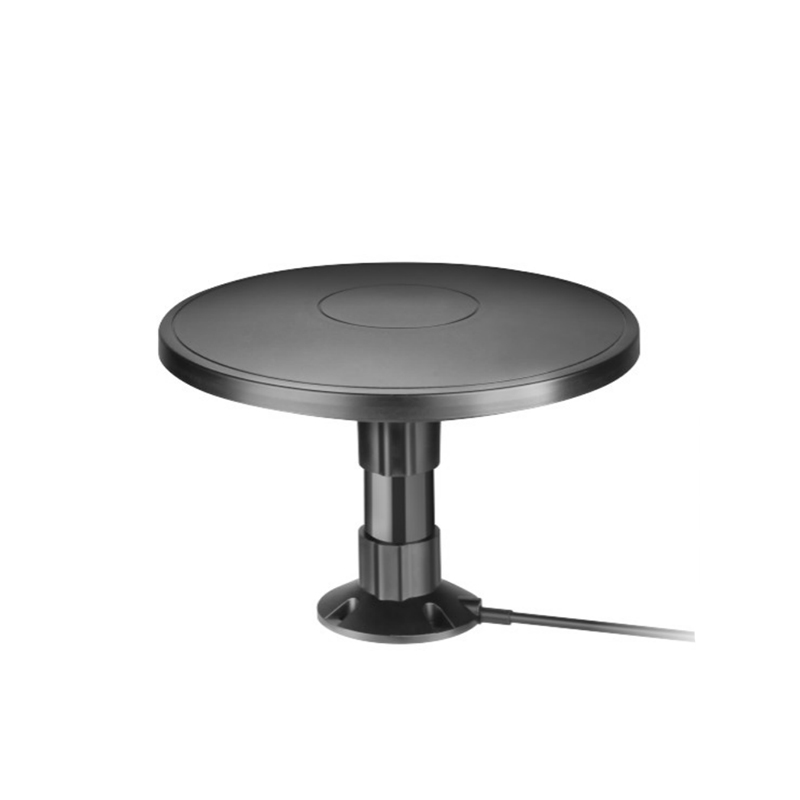
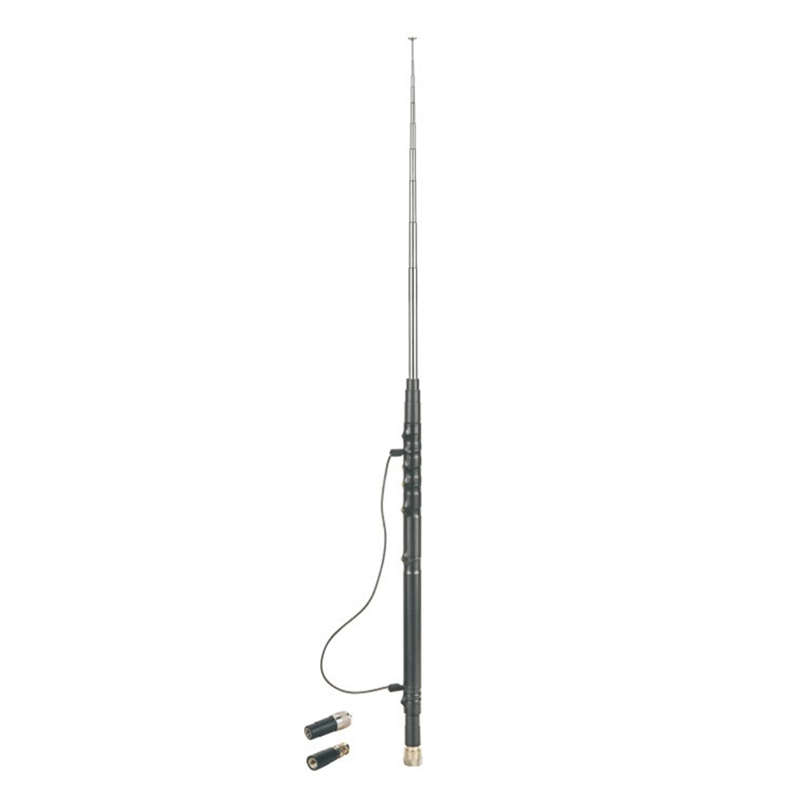
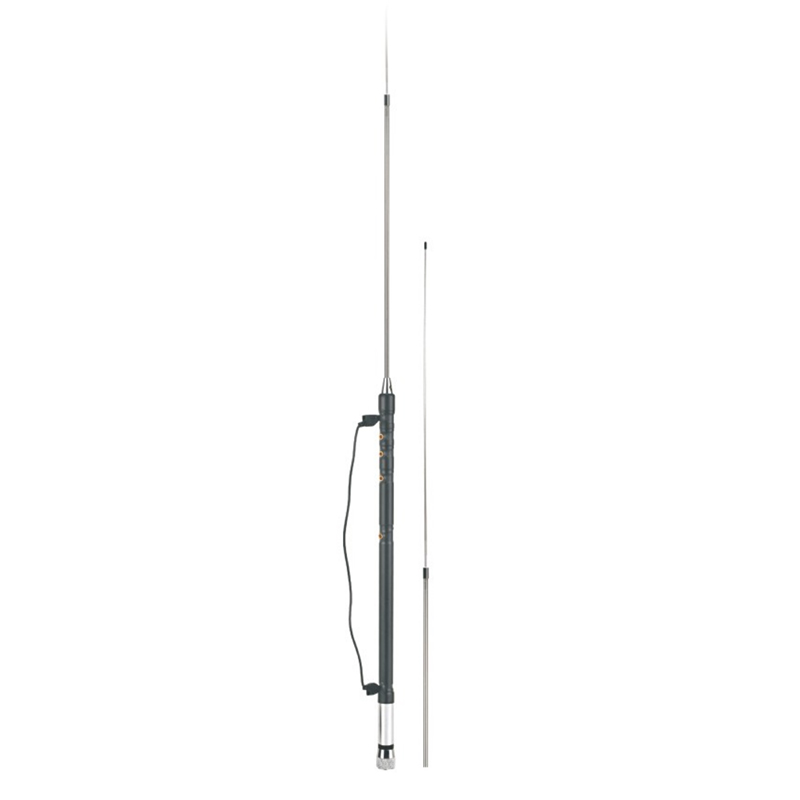
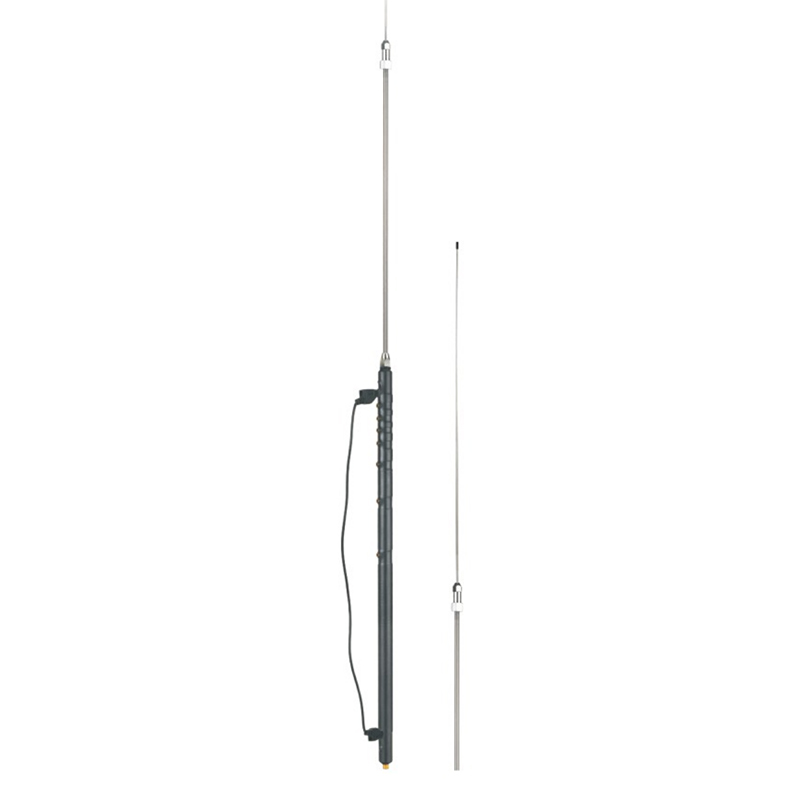
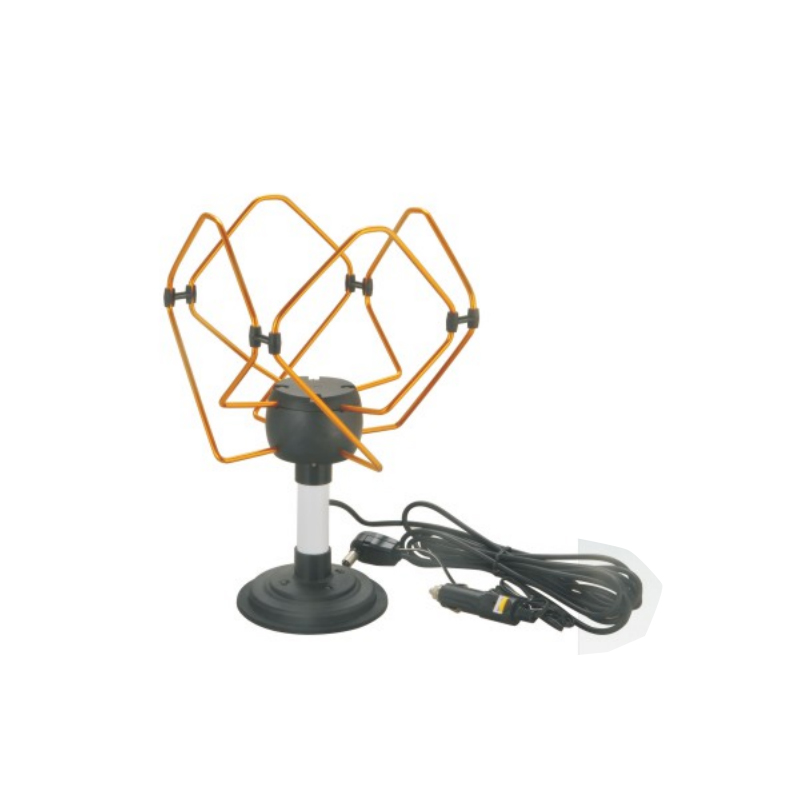

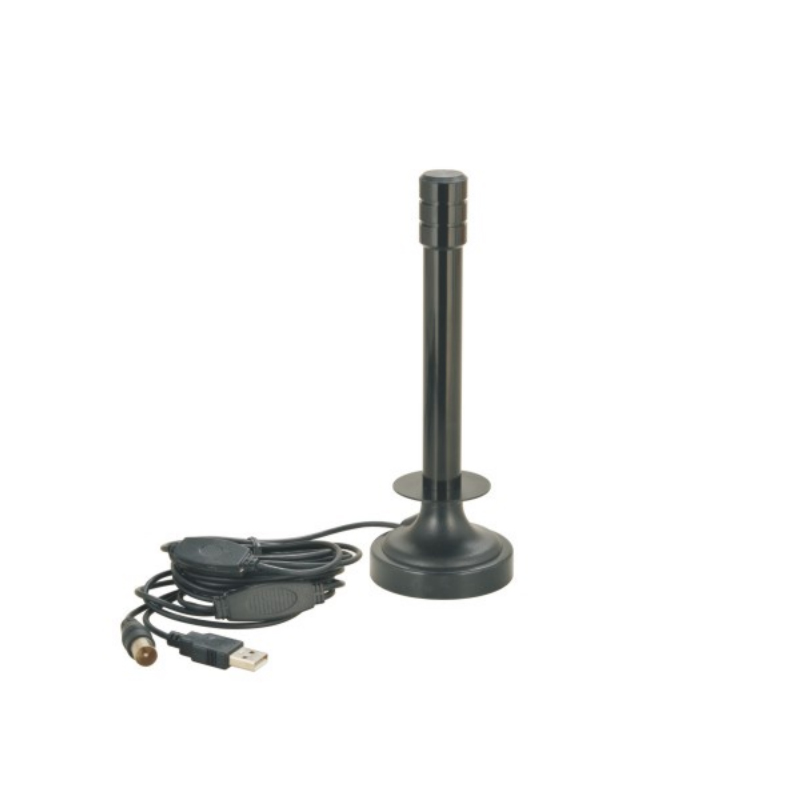
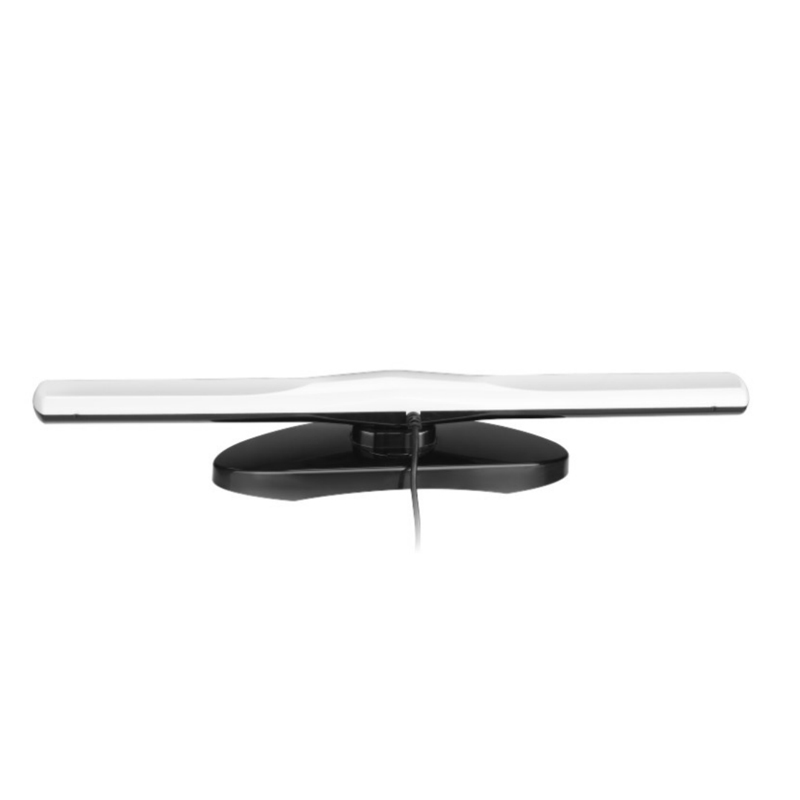
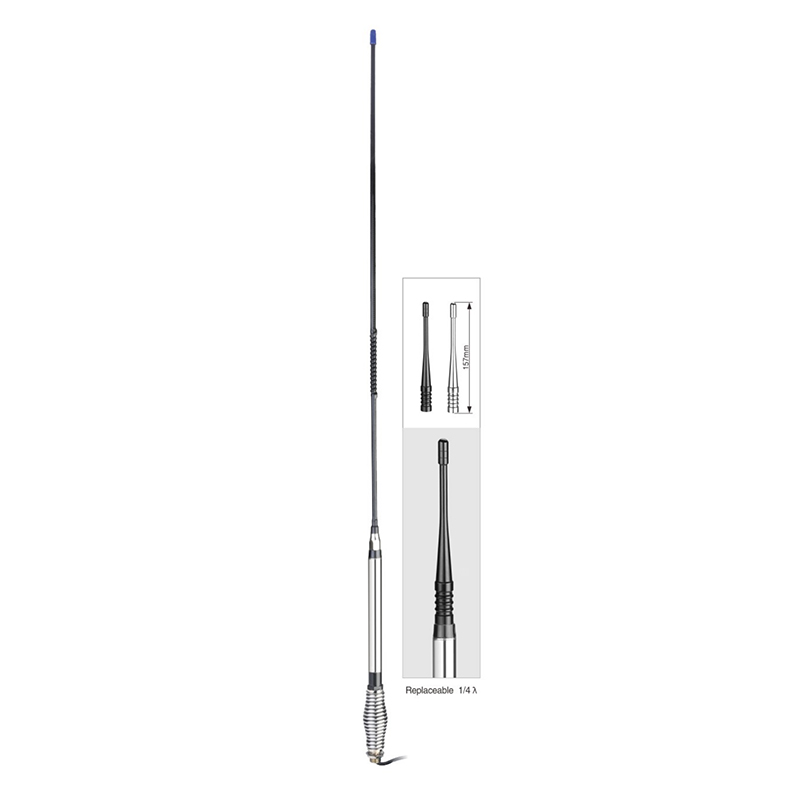

Contact Us